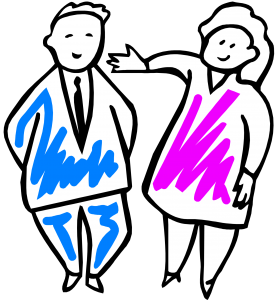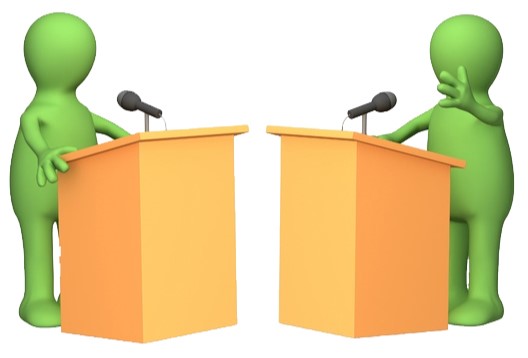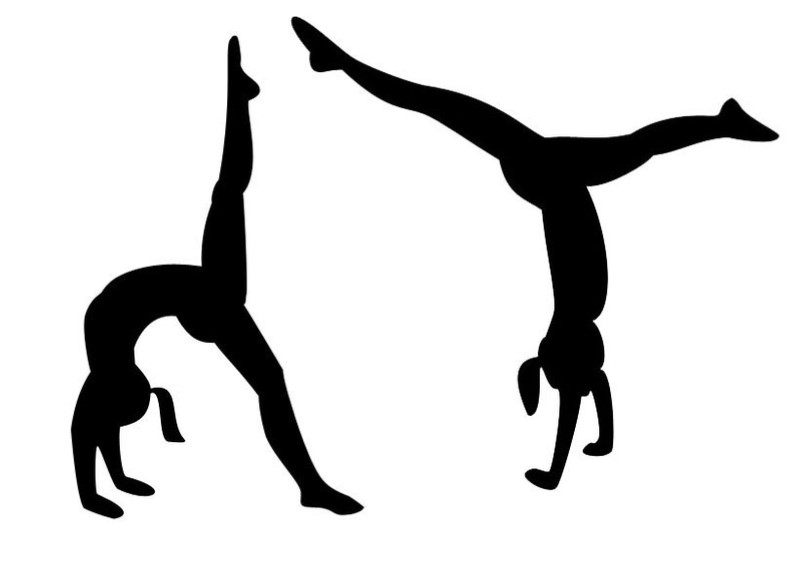
 Of all of the preferences, sometimes I believe Thinking and Feeling have the greatest potential for misunderstanding. First of all, the names “Thinking” and “Feeling” carry a risk of assuming what an individual with the preference will do and not do. Second, I believe these preferences are the most tied up with gender stereotypes, and they are the only set of preferences that are reported with a significant gender difference. Below, I list the three most common Thinking and Feeling misconceptions that I encounter, and I attempt to provide clarification.
Of all of the preferences, sometimes I believe Thinking and Feeling have the greatest potential for misunderstanding. First of all, the names “Thinking” and “Feeling” carry a risk of assuming what an individual with the preference will do and not do. Second, I believe these preferences are the most tied up with gender stereotypes, and they are the only set of preferences that are reported with a significant gender difference. Below, I list the three most common Thinking and Feeling misconceptions that I encounter, and I attempt to provide clarification.
| Misconceptions | Clarifications |
|---|---|
| Thinking types don't feel, and Feeling types don't think | While the names of the preferences certainly play a part in this misconception, all humans think and have feelings. In fact, thinking and feeling types both have to think to make decisions. This set of preferences is all about what information we prioritize to make decisions. Thinking types prioritize facts, data, and logic when making decisions, and they tend to prize objectivity. On the flip side, Feeling types do not necessarily make decisions based on their feelings. They make decisions based on their own personal sets of values, which may vary drastically, and how decisions will impact relationships. They tend to prize subjectivity. This distinction does not even mean that Feeling types do not have logical capabilities or that Thinking types do not have values. It simply indicates which information is the go to for decision making. |
| Feeling types are overly emotional, and Thinking types are cold or rude. | As we've already said, Feeling types make decisions based on their own values, while Thinking types tend to use logic to make decisions. Sometimes, Feeling types will become quite passionate when one of their closely held values are violated, but the same can be said for Thinking types, especially when they are under extreme stress. It is incorrect to assume that Feeling types will cry at the drop of a hat or that they must be coddled emotionally, and it is incorrect to assume that a lack of emotional health is present in Feeling types when they become upset. Becoming upset, on occasion, is part of being human! On the other hand, it is unfair to assume that Thinking types' objective stance is an indication of a lack of feelings. Thinking types experience and express love, sadness, happiness, and every other human emotion. They may not love to show these emotions to the world frequently, but that does not make them less real. In fact, many Thinking types are described as "teddy bears" by those who know them best. |
| Men are Thinking types, and women are Feeling types. | When I teach groups about Thinking and Feeling, I like to bring up the idea of gender stereotypes, because they seem to strongly relate to each other. At least in the United States, men seem to be expected to keep a cool head, make objective decisions, not get mushy, and follow logic. At the same time, women are expected to prize protecting relationships, keeping harmony, be a moral compass, and share emotions more openly than men. Truth be told, about 60% of men report a preference, and 60% of women report a preference for feeling. That may mean that there is something to be said for the gender stereotypes, or it may mean that society has skewed the reporting of preferences. Either way, it means that at least 40% of men prefer Feeling, while at least 40% of women prefer Thinking. As with all preferences in Myers-Briggs, it is important for us to remember that all preferences are valid, regardless of gender. |
I hope these clarifications have provided you with a better understanding of the Thinking and Feeling preferences. I would love to hear any questions, comments, or experiences you have had with this topic, and I encourage everyone to strive to embrace your natural preferences, no matter what society seems to be encouraging. All types are valid, equal, and valuable to society.






